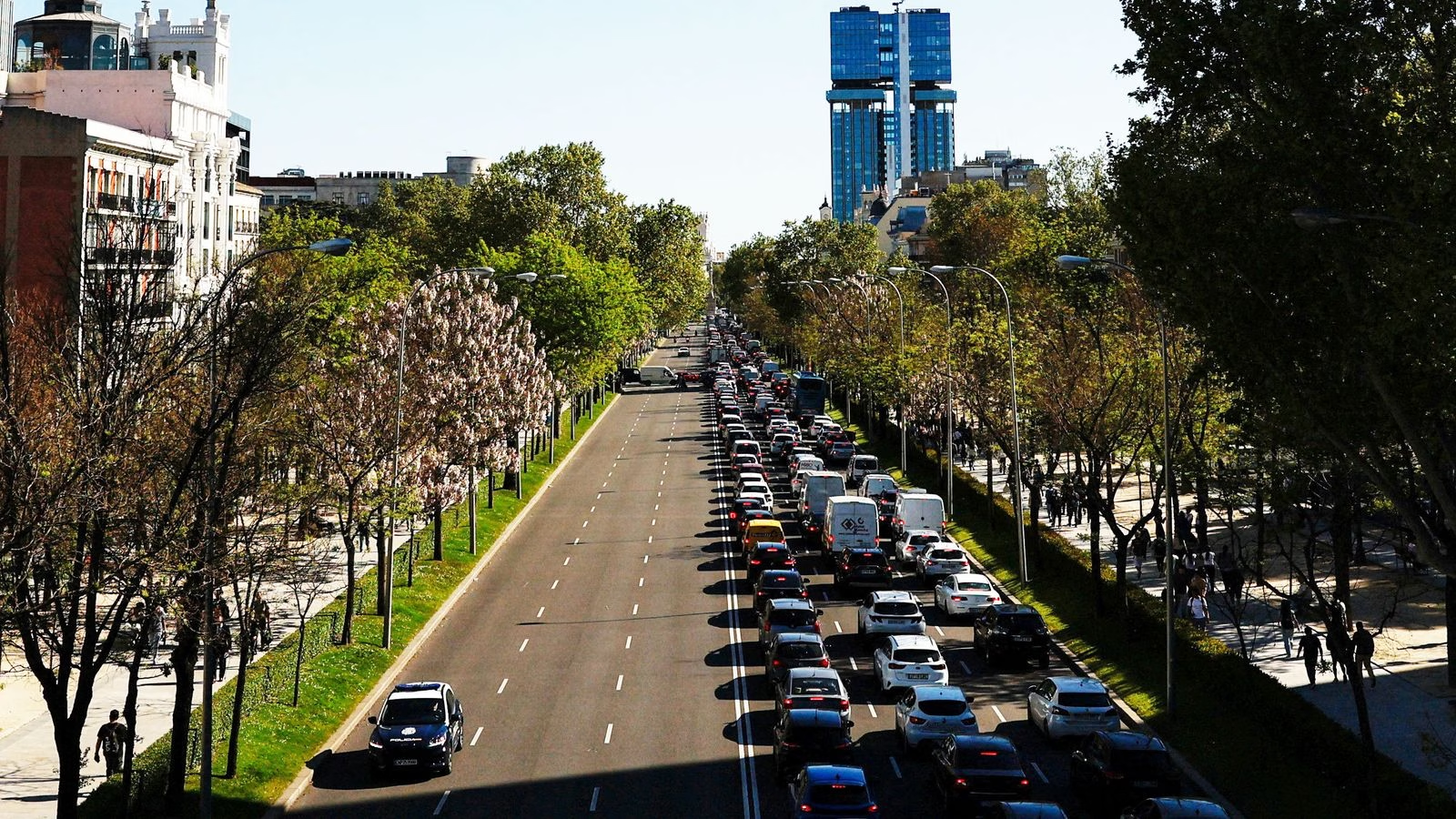<
div data-component-name=”ui-article-body” data-highlight-intro=”true”>
Power supplies are returning in Spain and Portugal after large areas, including the capitals Madrid and Lisbon, were hit by a big power outage on Monday.
Millions of people were caught up in the chaos after the mass blackout brought many areas to a standstill, with trains stopping, planes grounded, internet and mobile phone services cut, traffic lights and ATMs down, and some routine hospital operations suspended.
Spain‘s interior ministry declared a national emergency and the two countries’ governments convened emergency cabinet meetings as officials tried to find out what caused the outage which started around 12.30pm (11.30am UK time).
Blackouts in Spain and Portugal: Follow latest updates
About half the electricity supplies in Spain have now been restored by the grid operator, Prime Minister Pedro Sanchez said on Monday evening, adding the rest should be back by Tuesday.
In a televised address, Mr Sanchez said authorities have not yet worked out what had caused the blackout in the Iberian Peninsula and were not ruling anything out.
He asked the public to refrain from speculation, and urged people to call emergency services only if really necessary.
Eduardo Prieto, the head of operations at Spanish power grid operator Red Electrica, said the event was unprecedented, calling it “exceptional and extraordinary”.
Meanwhile, Portugal‘s Prime Minister Luis Montenegro said power in his country would be fully restored in the coming hours.
He said all the state services remained operating in the country despite all the difficulties. He also said there was “no indication” a cyberattack was the cause.
Read more: Analysis – How electricity grids fail
‘Rare atmospheric phenomenon’
Portugal’s grid operator Ren claimed the outage was caused by a fault in the Spanish electricity grid, related to a “rare atmospheric phenomenon”.
Ren says that, due to extreme temperature variations in Spain, there were “anomalous oscillations” in very high-voltage lines.
It also says that given the complexity of the issue, it could take up to a week for the network to fully normalise again.











